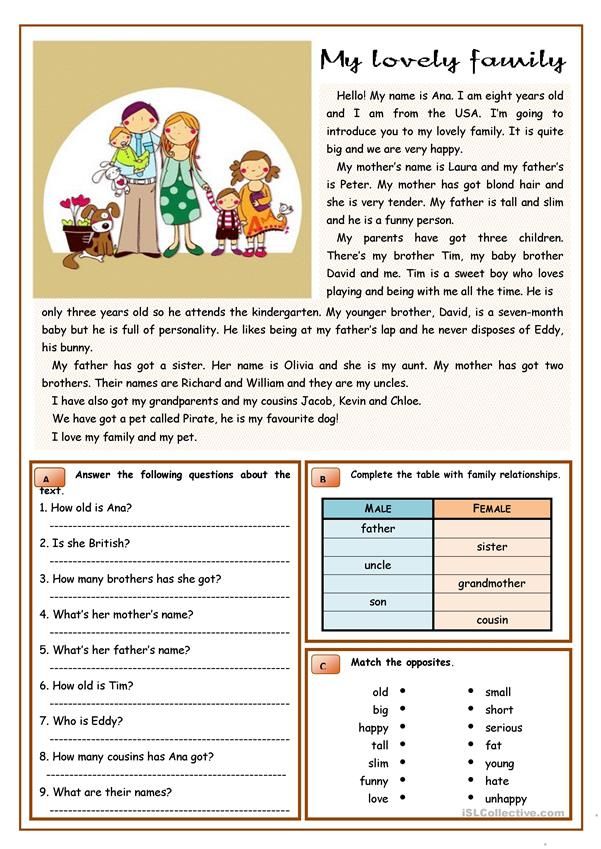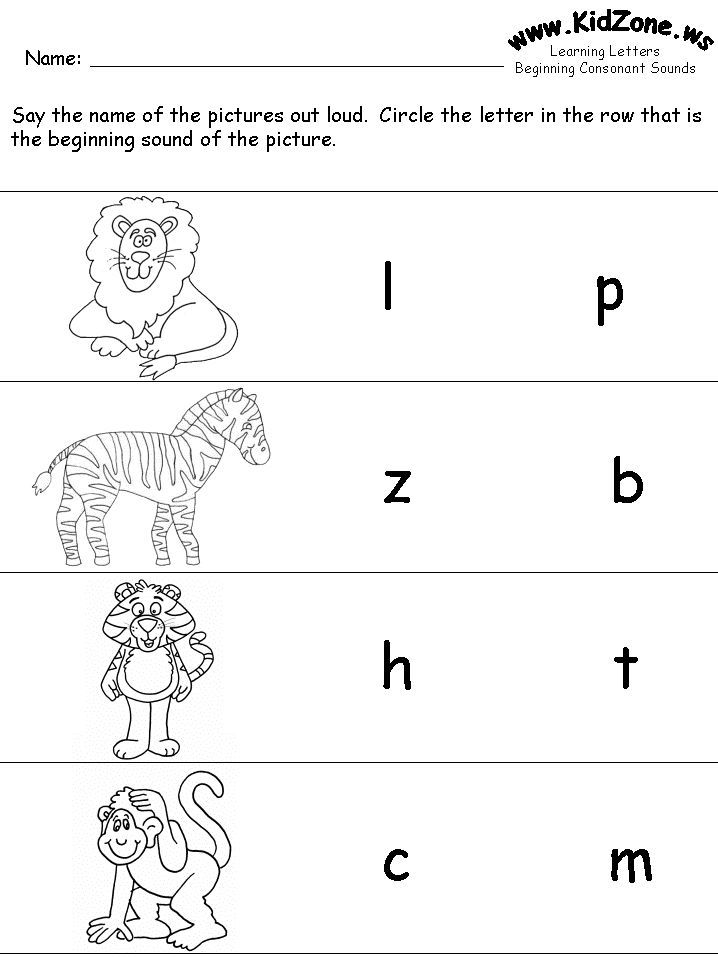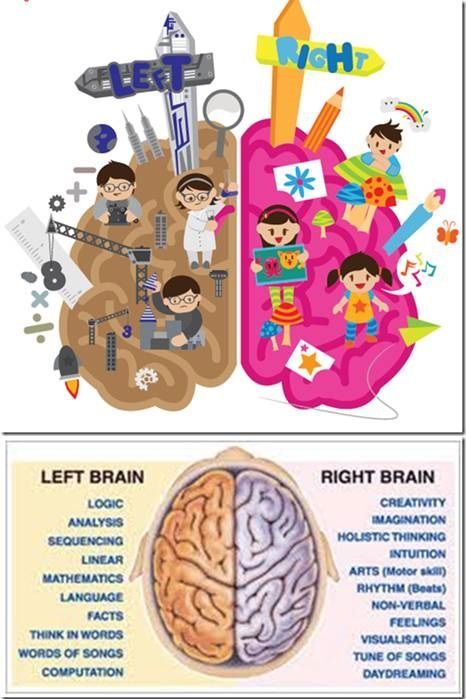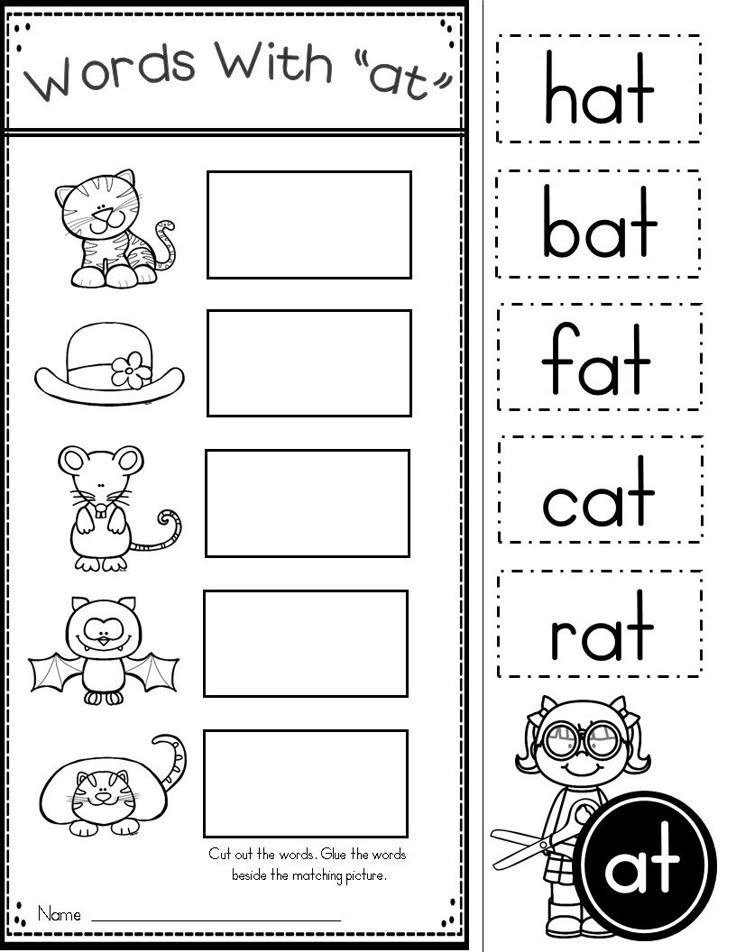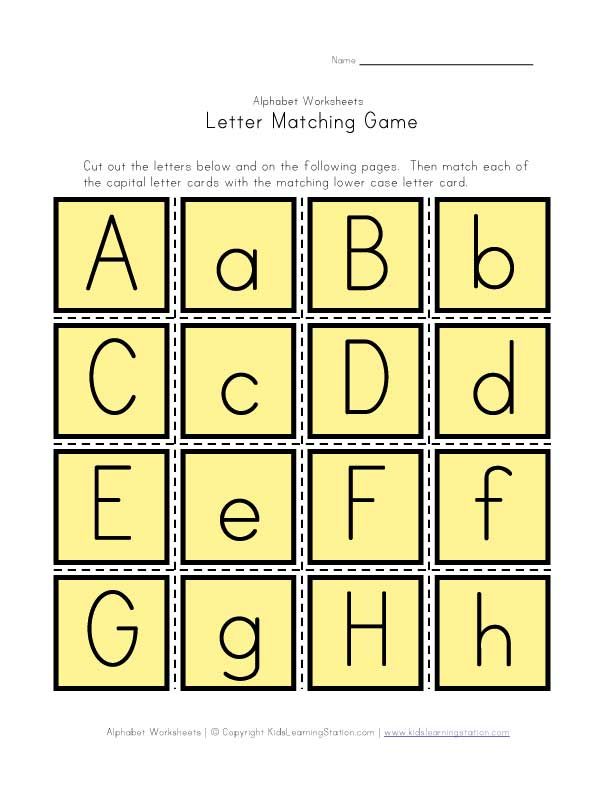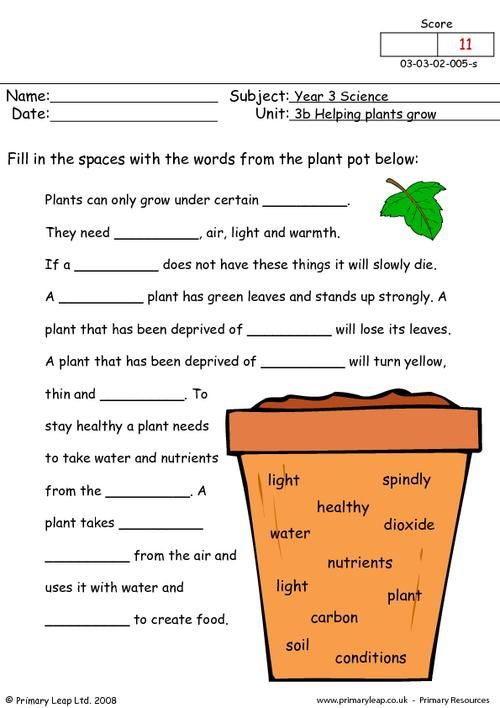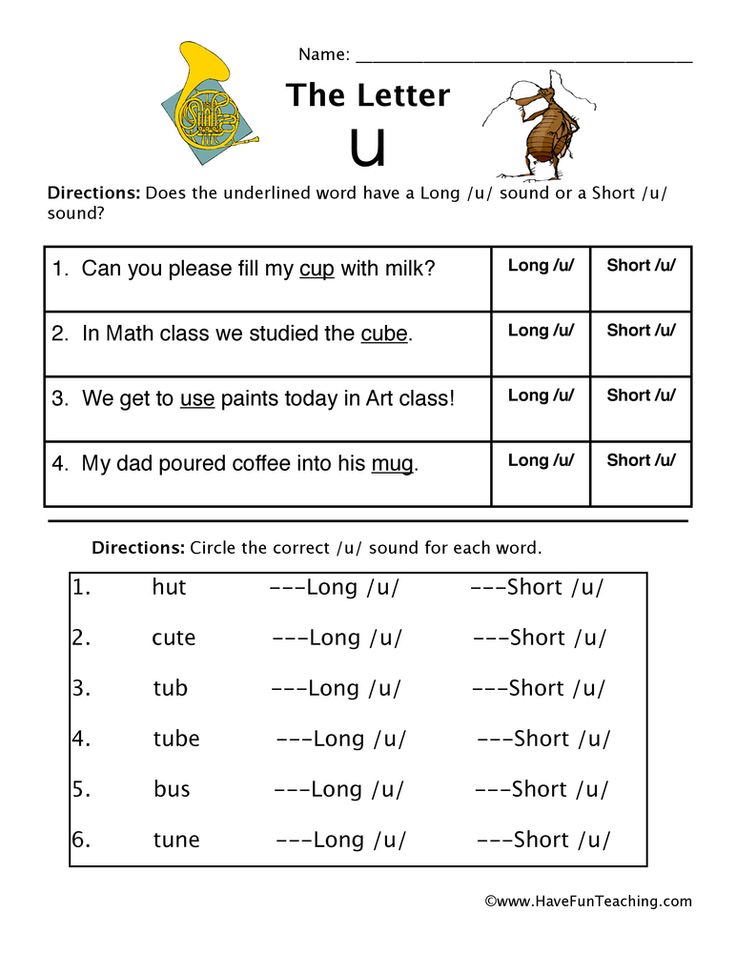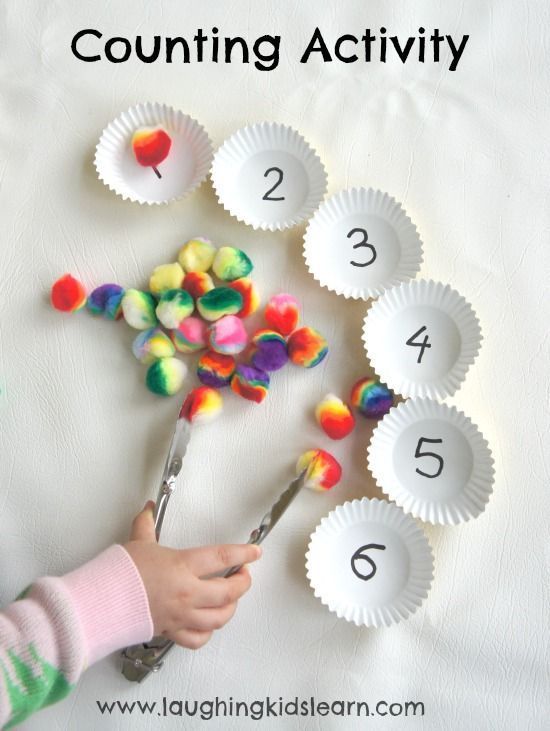All reading levels
Improve Skills One Level At A Time
One of the secrets to acquiring knowledge is to read. A lot. My Hero, Charlie Munger, said it best “In my whole life, I have known no wise people (over a broad subject matter area) who didn’t read all the time – none, zero.”
Picking up a book and reading the words is the easy part. Reading to understand is much harder.
The key is not simply to read more but rather be selective about what we reading and how we are reading.
This article, the first in a multi-part series on improving our reading skills, outlines the four levels of reading.
“Books give delisght to the very marrow of one’s bones. They speak to us, consult with us and join us in a living and intense intimacy.” — Petrarch
Mortimer Adler originally published How To Read A Book in 1940. It immediately became a bestseller. Since that time the book has been updated and recast many times, most notably by Charles van Doren in the 1970’s.
Active Reading
There is no such thing as passive reading. All reading, to some degree, is active reading. The only difference is that some reading is more active than others. And when it comes to reading to learn something or reading for information something the more active your reading habits the better.
Reading is a complex activity, just as writing is. It consists of a large number of separate acts, all of which must be performed in a good reading. The person who can perform more of them is better able to read.
Success in reading is determined to the extent that you receive what the writer intended to communicate. That doesn’t mean you agree with them, only that you understood them.
Reading For Understanding or Information
Assuming we’re not reading for entertainment, there are two things we generally want to get from reading. We can read to acquire information and facts or we can read to learn something new and improve our understanding.
Reading for entertainment is self-explanatory.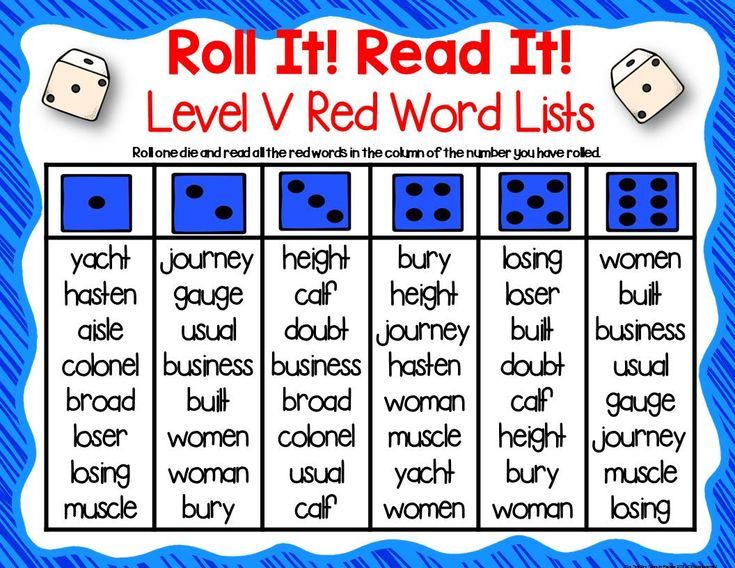
Reading for information is the one in which we read media or anything else that’s easily digestible. These things give us more information but don’t improve our understanding. There is no shock, no moment of … that doesn’t make sense.
Alternatively, we can try to read something by someone who knows more about the subject than we do. After reading works by authors who know more about a subject than we do, our understanding is changed … it may be the case that we better understand something or perhaps we understand that our understanding was incomplete. Either way, our understanding has changed.
The easiest way to improve our understanding is from people who understand more about the subject than we do.
So half the battle of reading for understanding is to identify and select works from someone (or a group of people) who know more about a subject than we do. The internet and Amazon have made this much easier with ratings and book reviews.
And if you can read for understanding, you need not worry about reading for information or entertainment as, being less demanding, they will take care of themselves.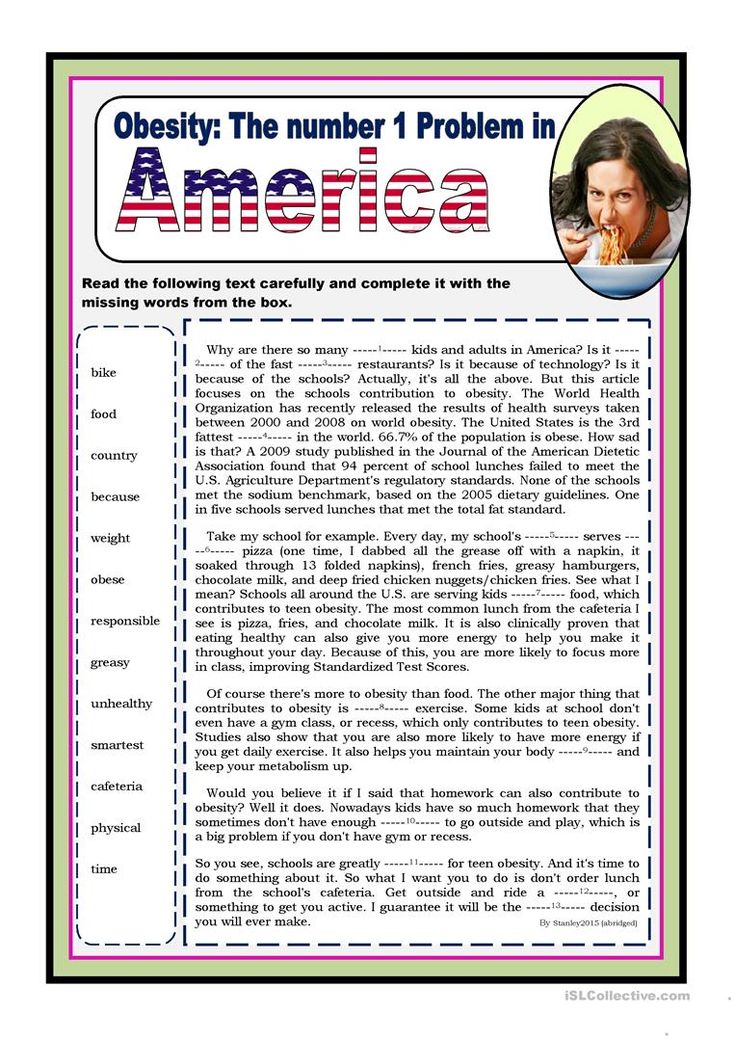
To be informed is to know simply that something is the case. To be enlightened is to know, in addition, what it is all about: why it is the case, what its connections are with other facts, in what respects it is the same, in what respects it is different, and so forth.
This is the difference between being knowing the name of something and knowing something.
… if you remember what an author says, you have learned something from reading him. If what he says is true, you have even learned something about the world. But whether it is a fact about the book or a fact about the world that you have learned, you have gained nothing but information if you have exercised only your memory. You have not been enlightened. Enlightenment is achieved only when, in addition to knowing what an author says, you know what he means and why he says it.
You can’t be enlightened unless you are informed, however you can be informed but not enlightened.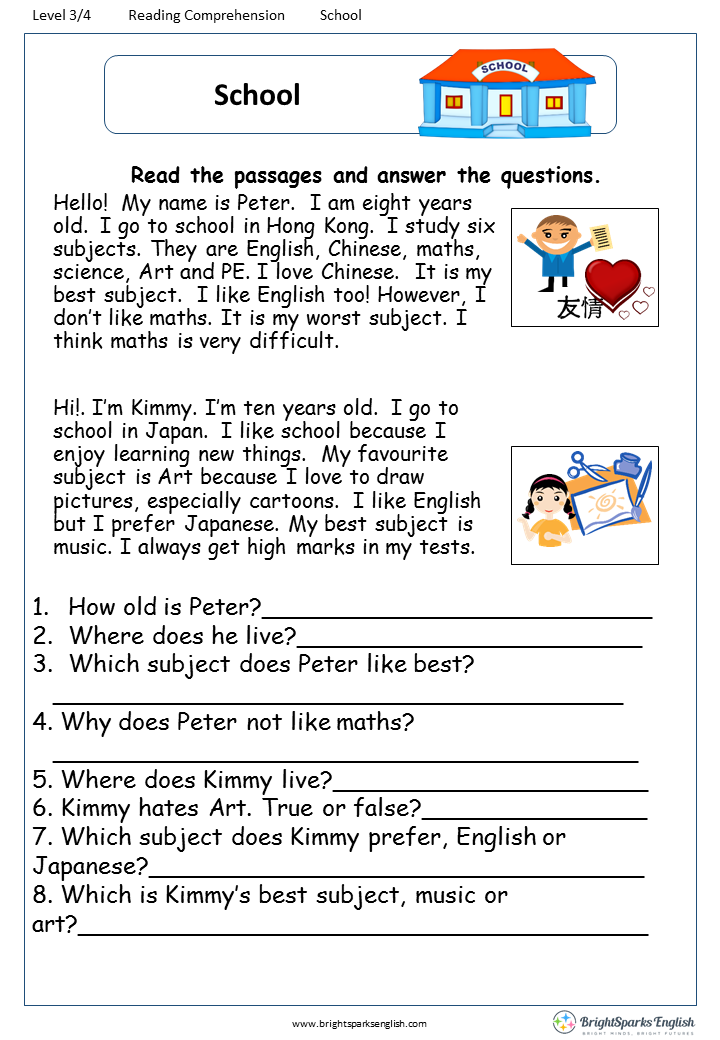
Montaigne speaks of “an abecedarian ignorance that precedes knowledge, and a doctoral ignorance that comes after it.”
The first is the ignorance of those who, not knowing their ABC’s, cannot read at all. The second is the ignorance of those who have misread many books.
The Greeks had a name for people who have read too widely and not well, sophomores.
Being widely read and well-read are not the same thing. Adler argues that to avoid this error we must distinguish between how we learn into instruction and discovery.
The art of reading, in short, includes all of the same skills that are involved in the art of unaided discovery: keenness of observation, readily available memory, range of imagination, and, of course, an intellect trained in analysis and reflection.
The goal of reading determines the best way to read the material in question. If we’re reading for entertainment, we’re going to read a lot differently than if we’re reading to build a rocket ship.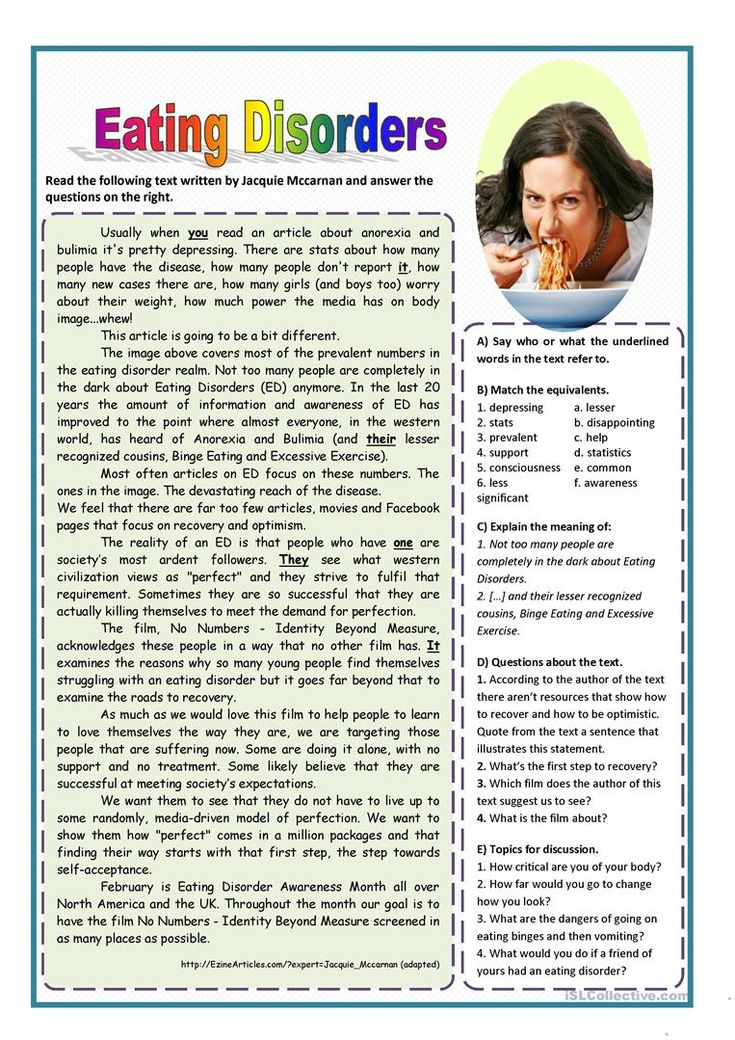
A thorough understanding of the levels of reading is necessary before we can improve our reading skills.
There are four levels of reading. They are thought of as levels because you can’t reach the higher levels without a firm understanding of the previous one — they are cumulative.
1. Elementary Reading
The first level of reading is elementary reading, which is what we learned to do in elementary school. Most of us never get beyond this level.
Other names might be rudimentary reading, basic reading or initial reading; any one of these terms serves to suggest that as one masters this level one passes from nonliteracy to at least beginning literacy. In mastering this level, one learns the rudiments of the art of reading, receives basic training in reading, and acquires initial reading skills.
2. Inspectional Reading
The second level of reading is inspectional reading, which can be thought of us intelligently skimming a book in a limited amount of time.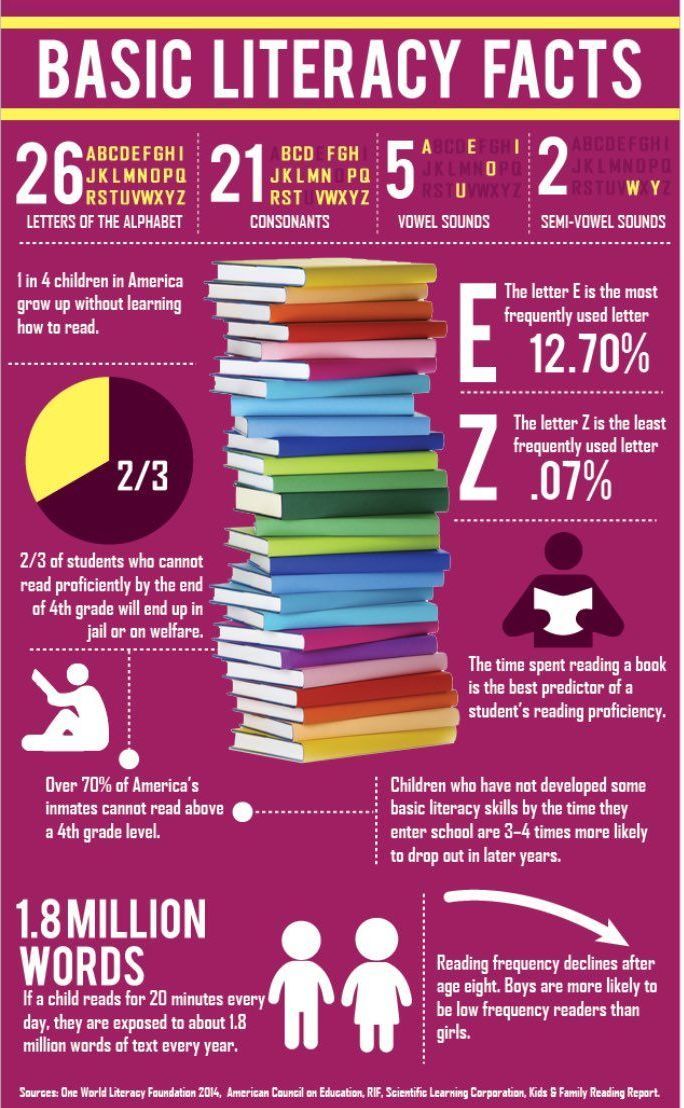 Not only does this prime our brain with the material in the book, but it helps us determine if we want to read the entire book.
Not only does this prime our brain with the material in the book, but it helps us determine if we want to read the entire book.
Adler writes:
[A]nother name for this level might be skimming or pre-reading. However, we do not mean the kind of skimming that is characterized by casual or random browsing through a book. Inspectional reading is the art of skimming systematically.
The point of inspectional reading is to examine the “surface” of the book.
Adler guides us:
Whereas the question that is asked at the first level is “What does the sentence say?” the question typically asked at this level is “What is the book about?” That is a surface question; others of a similar nature are “What is the structure of the book?” or “What are its parts?”
Inspectional reading is underappreciated by a lot of readers because they see it as a waste of time.
A lot of people like to read linearly. They pick up a book, turn to page one, and plow steadily through it without ever reading so much as the table of contents. “They are,” writes Adler, “thus faced with the task of achieving a superficial knowledge of the book at the same time that they are trying to understand it.” This makes reading more difficult, not less.
“They are,” writes Adler, “thus faced with the task of achieving a superficial knowledge of the book at the same time that they are trying to understand it.” This makes reading more difficult, not less.
3. Analytical Reading
The third level of reading is called analytical reading, which goes deeper than inspectional reading. If your goal in reading is entertainment or acquiring information, analytical reading is not necessary. However, if you are reading to improve understanding, analytical reading is entirely necessary.
It is both a more complex and a more systematic activity than either of the two levels of reading discussed so far. … Analytical reading is thorough reading, complete reading, or good reading— the best reading you can do. If inspectional reading is the best and most complete reading that is possible given a limited time, then analytical reading is the best and most complete reading that is possible given unlimited time. The analytical reader must ask many, and organized, questions of what he is reading.
… [A]nalytical reading is always intensely active. On this level of reading, the reader grasps a book— the metaphor is apt— and works at it until the book becomes his own.
Francis Bacon remarked “some books are to be tasted, others to be swallowed, and some few to be chewed and digested.” Think of analytical reading as chewing and digesting.
4. Syntopical Reading
The fourth and most difficult level of reading is syntopical reading.
It is the most complex and systematic type of reading of all. It makes very heavy demands on the reader, even if the materials he is reading are themselves relatively easy and unsophisticated. Another name for this level might be comparative reading. When reading syntopically, the reader reads many books, not just one, and places them in relation to one another and to a subject about which they all revolve. But mere comparison of texts is not enough. … With the help of the books read, the syntopical reader is able to construct an analysis of the subject that may not be in any of the books.
It is obvious, therefore, that syntopical reading is the most active and effortful kind of reading.
This is the first article in a multi-part series on how to improve our reading skills.
All About Reading - Official Site
Choosing the right reading program is an important decision! Check out our Frequently Asked Questions.
Levels and Placement
Do you have All About Reading placement tests?
We want to be sure your child is placed in the correct level, and the placement tests are a great place to start. You can find All About Reading placement tests here.
If you have additional questions about placement, please contact us!
How many levels are in All About Reading?
All About Reading consists of four levels (Levels 1-4), plus a Pre-reading program. Learn more about AAR here.
After completing Level 4, your child has all the skills needed to decode just about any word. Read more about what you can do after your child completes Level 4.
Read more about what you can do after your child completes Level 4.
Do you have All About Reading lesson samples?
You can find All About Reading samples here.
Do you have a scope and sequence?
You can download PDFs of the Scope and Sequence for each level of All About Reading here:
- Pre-reading
- Level 1
- Level 2
- Level 3
- Level 4
How can I tell if my child is ready to read?
Our Reading Readiness Checklist can help you decide whether your child is ready to begin the reading program or if your student would benefit from going through our Pre-reading program first.
Is All About Reading effective for older students?
All About Reading is very effective for struggling learners of all ages.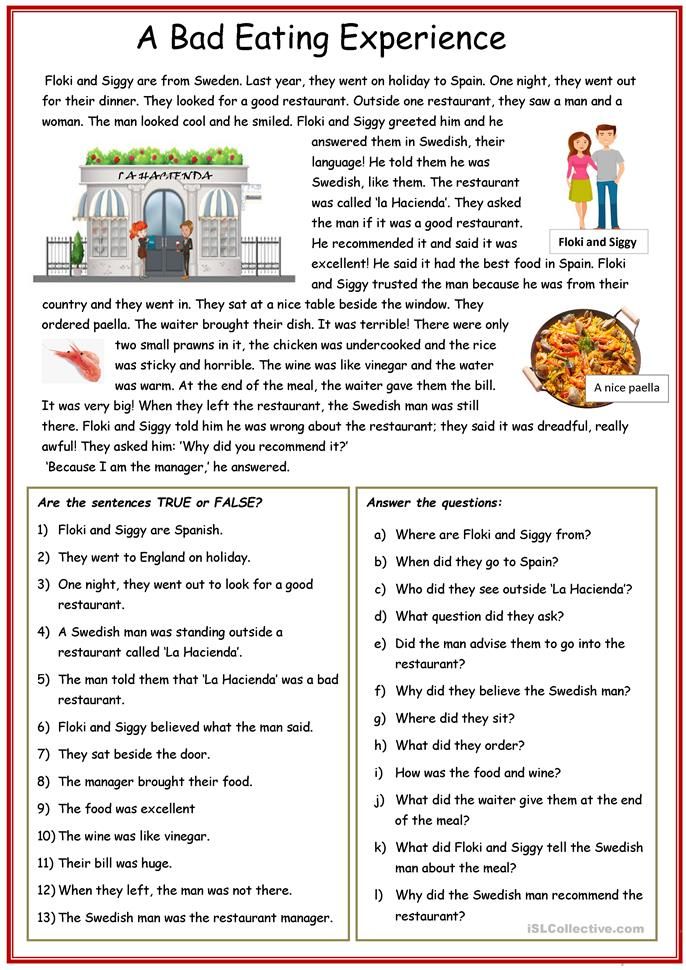 The program builds a strong foundation by ensuring that there are “no gaps” in your child's knowledge. Download our free placement tests to help place your student in the right level, and feel free to get in touch with us if you have any questions about placement–we'd love to help!
The program builds a strong foundation by ensuring that there are “no gaps” in your child's knowledge. Download our free placement tests to help place your student in the right level, and feel free to get in touch with us if you have any questions about placement–we'd love to help!
What is the age range for using All About Reading?
All About Reading is used by students of all ages, including pre-readers, teens, and adults.
New Editions and Correlations
Can I still buy materials from previous editions of All About Reading?
We no longer carry materials from previous editions. Please check our Correlation Guides to see how to mix and match editions.
Details about Teaching Reading
How long are daily lessons in All About Reading?
We recommend spending about 20 minutes per day on reading lessons, but you can adjust this recommendation for early readers or older remedial students.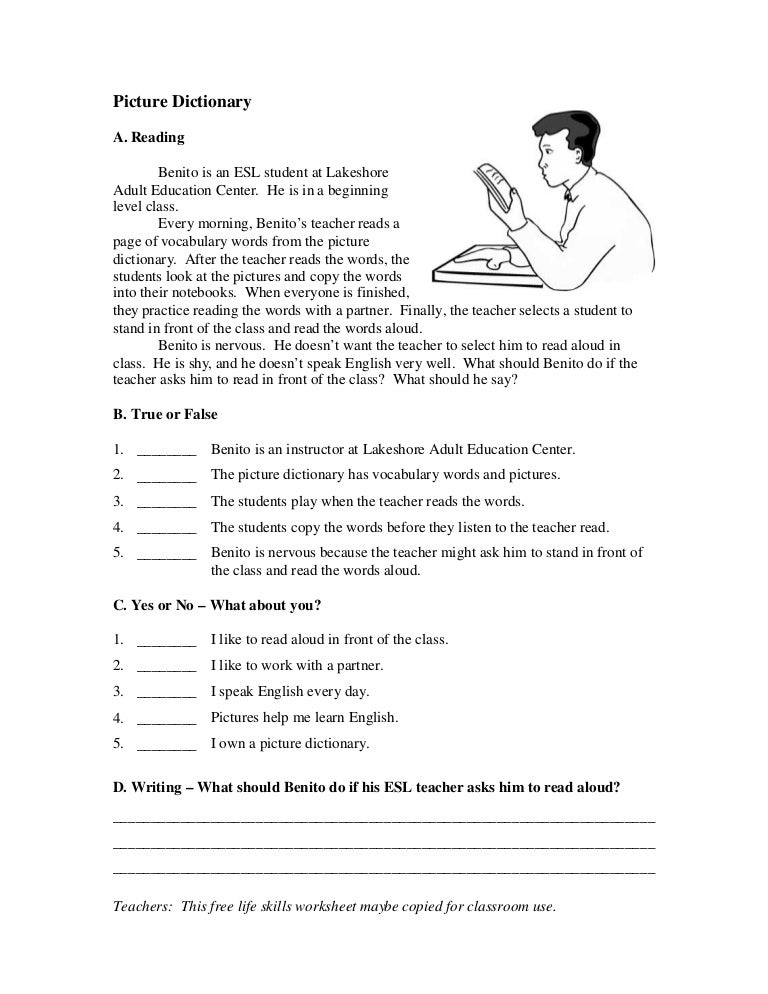 In addition, we recommend reading aloud to your child for 20 minutes per day. Learn more in this article.
In addition, we recommend reading aloud to your child for 20 minutes per day. Learn more in this article.
How long will it take for my child to become a fluent reader?
Fluent reading takes practice. In fact, your child may need to read a word thirty times before he can read it without sounding it out. With this in mind, All About Reading uses a variety of methods to help children get the practice they need, including activities and games, letter tile demonstrations, fluency pages with words, phrases, and sentences, and fully decodable readers. You will also spend a few minutes each day with the word cards, which help you track the words your child has mastered and those for which he needs ongoing practice. We also include a variety of exercises designed to help your child work on reading with accuracy, meaningful expression, and natural phrasing.
How are sight words handled in All About Reading?
In the All About Reading program, our goal is to minimize the number of sight words your child needs to memorize, while maximizing his ability to successfully master these words. Learn more about our approach in this article on sight words.
Learn more about our approach in this article on sight words.
Does All About Reading teach reading comprehension?
The ultimate goal of All About Reading is reading comprehension. We cover reading comprehension in every story lesson throughout the program. For complete information and a video, visit How to Teach Reading Comprehension.
My child guesses at words when reading. Can All About Reading help?
All About Reading teaches a word blending procedure that will break the guessing habit. You can read about it in this article.
Do you have more questions? Please get in touch! We're happy to help.
Reading analyst - reading levels.
CONTENT
- Group 1. Teaching the technique of semantic reading
- Beginner level (letter reading)
- Developing level (reading by syllable)
- Advanced level (reading in whole words and syllables with compound words)
- Free level (reading in whole words)
- Group 2.
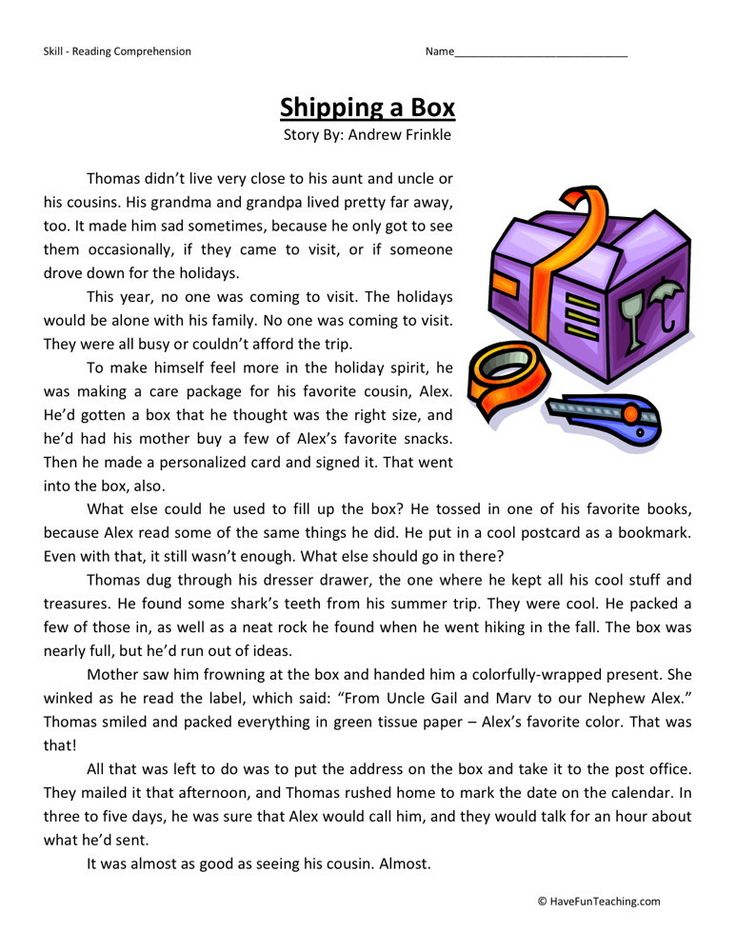 Development of reading competencies for subject education
Development of reading competencies for subject education - Weak level
- Training level
- Independent level
Reading levels offered on the website "Analyst of Reading" were developed within the framework of the pedagogical project "Program of Supportive Reading", author O.M. Lezin.
The "Reading Analyst" system makes it possible to assess the level of reading competencies for two groups - the group for teaching the technique of semantic reading (Group 1) and the group for developing reading competence for subject education (Group 2).
Although we assume that the first group will most likely include primary school students from grades 1 to 4, and the second group will include secondary school children from grades 5 to 7, we strongly recommend taking into account the individual characteristics of children: if a child elementary school reads very well, test his reading competencies on tests of the secondary school group, but if a child in the fifth grade reads with a lot of technical errors, it may make sense to check his competencies on tests for group 1 elementary school and then select texts for reading corresponding to its level.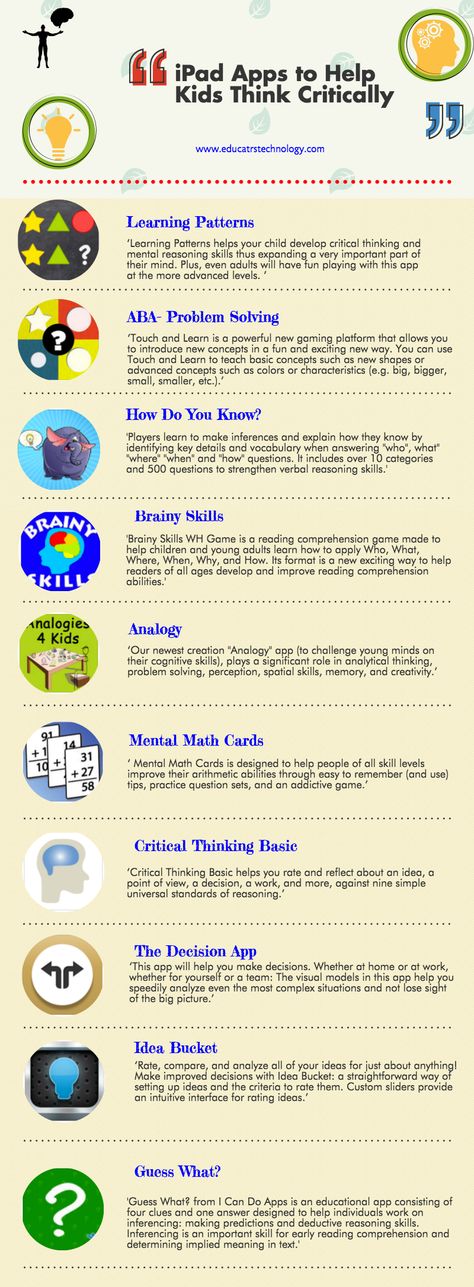
Below we offer brief descriptions of the levels that are determined during testing and evaluation of texts, and also give recommendations on the selection of texts for each level.
Group 1. Learning by the technique of semantic reading
Description of the levels of competence of reading in the process of teaching the technique of semantic reading
The initial level (Ilky reading)
Description of level 9000
Reading with subsequent repetitions of letters with subsequent letters words. The reading speed is low, there is a recall of each letter separately. In some cases, there may be a breakdown in reading a word due to the large time interval between reading letters. Reading comprehension is limited to a word or phrase. The teacher's help is needed both in the name of the letters and their reduction into a word, and in keeping the attention on the text. Reading speed per minute - 10-15 words.
Recommendations for the selection of texts for the initial level of reading technique:
Texts of the initial level of reading technique are intended for mastering the reading skill from scratch and represent various types of alphabets and short texts necessary to consolidate the skill of recognizing and reading letters and short words.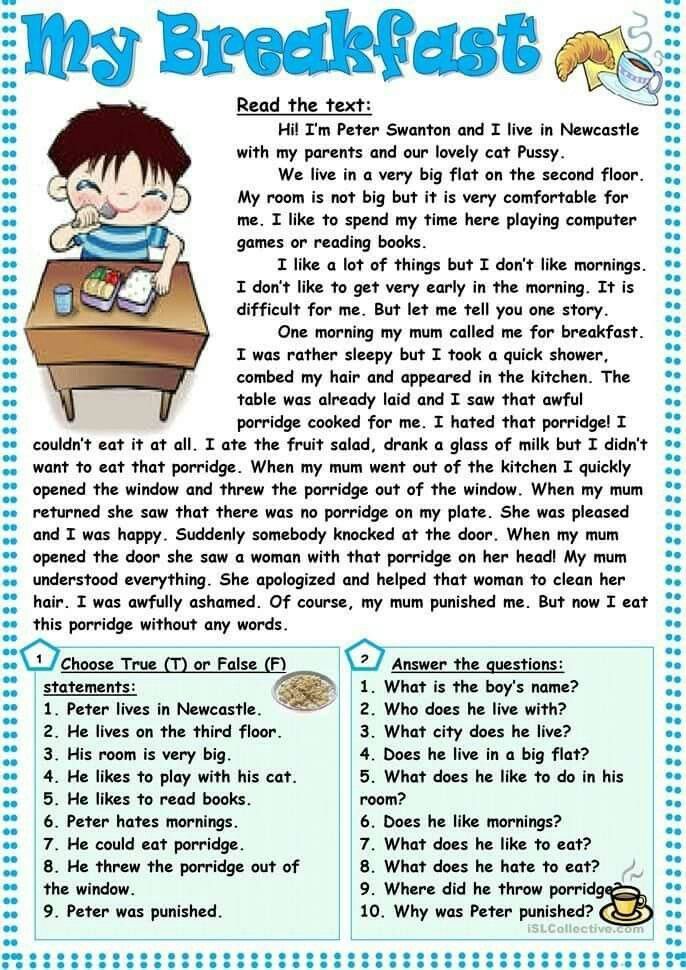 The transfer of the plot is carried out by 2-3 sentences connected sequentially with each other.
The transfer of the plot is carried out by 2-3 sentences connected sequentially with each other.
Features of texts suitable for this level:
Short texts of 30 words are suitable for beginners, the length of words should not exceed 5–6 letters. It is good if as many words as possible correspond to the following features.
- Words of one or two syllables.
- Three-syllable words must be open syllable (e.g. white ). Stressed vowels must be at the beginning of a word.
- Words begin with a consonant
- Words end in consonant
Very short and simple texts are required for this level of reading. Such texts are not evaluated by the Reading Analyst system, but are selected independently.
Developing level (reading by syllable)
Description of the level
Reading by syllables, in difficult places - spelling. There are many errors such as omissions of syllables and words, substitutions of letters and syllables.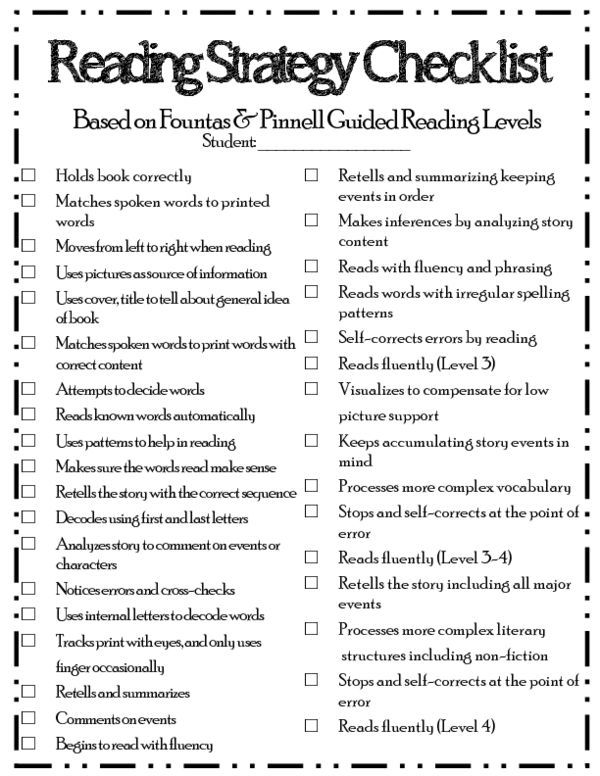 There is almost no orientation to punctuation, the intonation when reading does not correspond much to the content. Reading comprehension is low and fragmented. Reading speed is slow. There is a decrease in motivation to read when faced with difficulties. A teacher's help is needed to read words that have more than three syllables and have articulations of three consonants. Reading speed per minute - 35-50 words.
There is almost no orientation to punctuation, the intonation when reading does not correspond much to the content. Reading comprehension is low and fragmented. Reading speed is slow. There is a decrease in motivation to read when faced with difficulties. A teacher's help is needed to read words that have more than three syllables and have articulations of three consonants. Reading speed per minute - 35-50 words.
Recommendations for the selection of texts for the developing level of reading technique:
Texts for the developing level of reading technique are designed to strengthen reading skills, as well as for corrective work in the presence of difficulties in mastering it. May contain a short simple linear plot with a main character or main idea and a small number of secondary additional ideas. If necessary, the narrative can be divided into several small parts without compromising reading comprehension.
Features of texts suitable for this level:
Texts consisting of 70 words are suitable for the developing level, the length of words should not exceed 10 letters.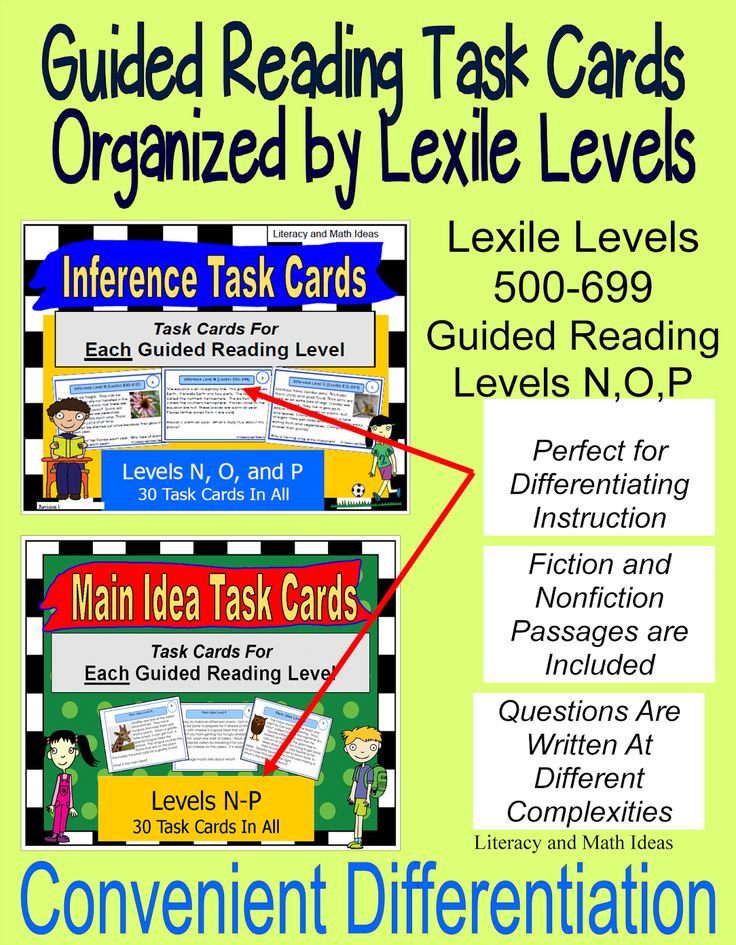 The text may contain words that have the following features:
The text may contain words that have the following features:
- Words with one closed three-letter syllable
- One-syllable words and two-syllable words with a combination of consonants at the beginning of the word (for example: coward , hello )
- Stress on the first syllable in two-syllable words and on the second syllable in three-syllable words (for example: lamp, candy )
- Words of three syllables and four syllables (alternating vowels and consonants) (for example: steamboat , ran )
- Nominative, accusative, dative and prepositional words
- Sentences with simple syntax: definition, subject, predicate. (For example: The white bird has arrived. )
- Offers with 2 homogeneous members
- Offers with 3 homogeneous members
- Impersonal offers
- Compound sentences
- Personal verbs
- Introductory words
Texts that are suitable for this level of reading, the "Reading Analyst" system refers to texts for developing reading level .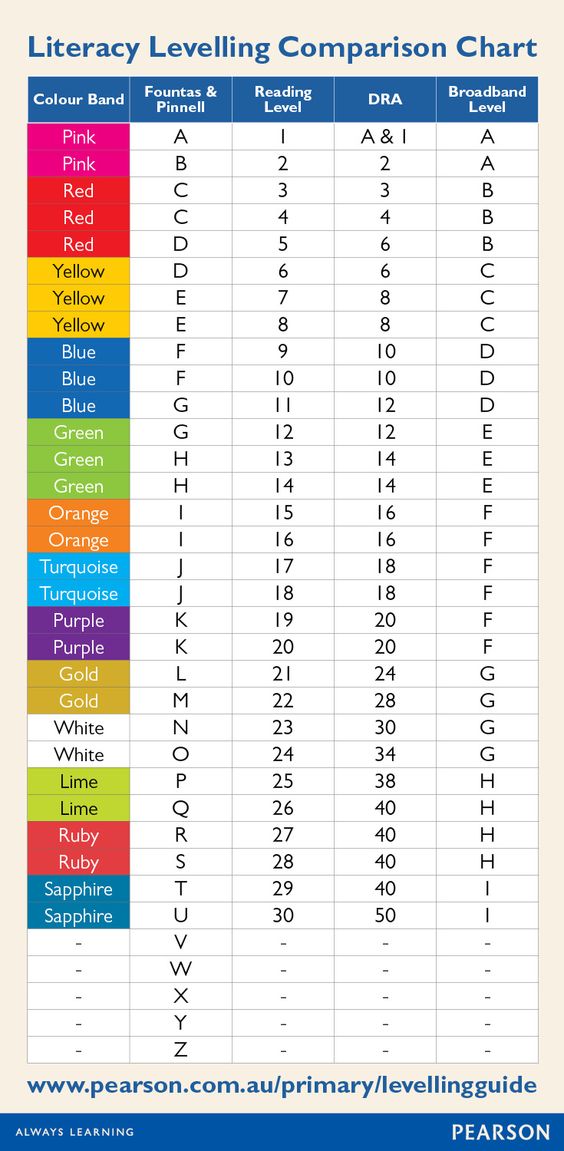
Advanced level (reading in whole words and syllables with compound words)
Description of level
Whole-word reading of easy words can switch to syllable-by-syllable reading in case of occurrence of polysyllabic, difficult or infrequent words. When reading, there may be errors in the repetition of words and syllables, difficulties in understanding some parts of the text. There is unevenness in the speed of reading and the transfer of expressiveness. Need help reading obsolete words, words with more than 5-6 syllables and texts of 3 levels of complexity. The understanding of the text is adequate, but fragmentary, there is an assimilation of the general plot of the narration, but the details and secondary ideas are not fixed. Reading speed per minute - 65-75 words.
Recommendations for the selection of texts for advanced reading skills:
Texts for advanced reading skills can be used to introduce new knowledge and develop competence in meaningful reading, in particular, reading comprehension and formulating answers to questions about the text.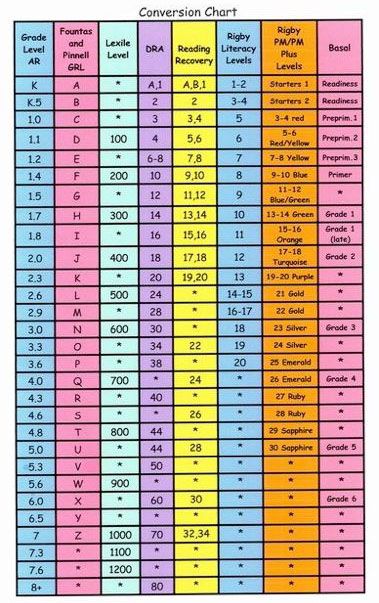 The narrative may contain several storylines or ideas, the number of secondary elements of the narrative may increase, but should remain within 5. The text should be divided into semantic parts. These texts can be offered to read for leisure reading to schoolchildren who have developed and fluent levels of reading technique.
The narrative may contain several storylines or ideas, the number of secondary elements of the narrative may increase, but should remain within 5. The text should be divided into semantic parts. These texts can be offered to read for leisure reading to schoolchildren who have developed and fluent levels of reading technique.
Features of texts suitable for this level:
Texts of about 100 words are best for the advanced level, the length of words should not exceed 14 letters. The text may contain words that have the following properties:
- Monosyllabic words with a combination of consonants at the end of the word (for example: scarf )
- Two-syllable words with a combination of consonants in the middle of a word (for example: sever )
- Three-syllable words with a combination of consonants at the beginning, middle or end of a word (for example: beauty, harness)
- Words of four or five syllables (alternating vowels and consonants) (for example: drawing)
- Adverbs
- Genitive and instrumental words
- Complex sentences, sentences with coordinating conjunctions and sentences with direct speech
- Reverse word order in a sentence.
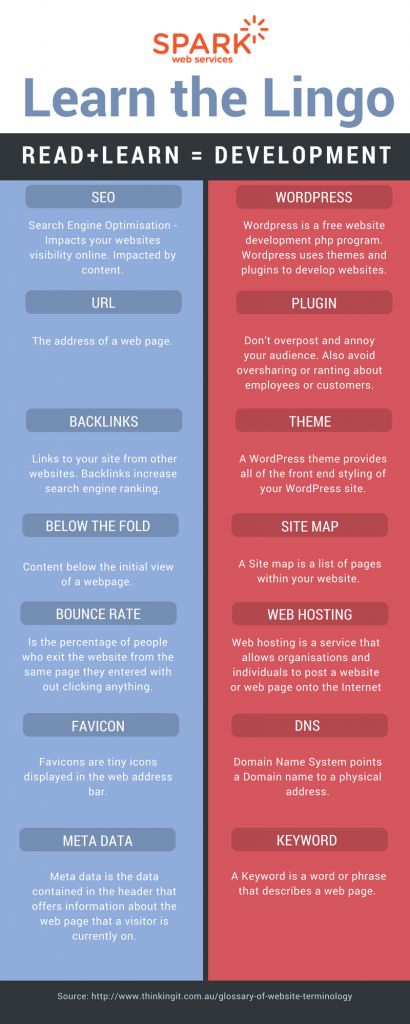 (For example: Vasya came home late. -
(For example: Vasya came home late. - - The presence of cardinal numerals, pronominal adjectives and pronominal nouns
Texts that are suitable for this level of reading, the system "Reading Analyst" refers to texts for an advanced level of reading.
Free level (reading in whole words)
Description of the level
Reading in whole words with a small number of errors in new terms, obsolete words or polysyllabic words, infrequently occurring words. Errors can be noticed by the reader and corrected. There is respect for intonation and expressiveness. Comprehension of the text is complete, answers to questions are detailed. The reader understands causal relationships, can predict linear events. Reading does not require the help of a teacher. Reading speed per minute - more than 100 words.
Recommendations for the selection of texts for the free level of reading technique:
Texts for the free level of reading technique are suitable for studying the subject and forming mental operations of analysis and forecasting when working with text, which are part of the reading competence.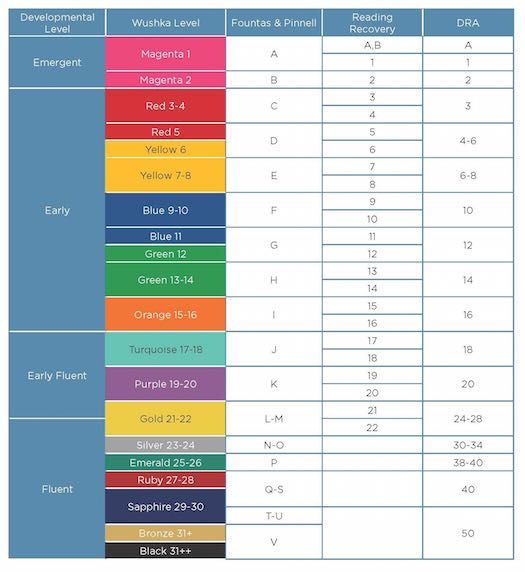 The plot in the text may be non-linear with additional inclusions of secondary storylines or ideas. The story should be broken down into small semantic parts. For students with a free level of reading technique, to maintain motivation, the selection of texts includes the thematic interests of schoolchildren. Students can read such texts for pleasure.
The plot in the text may be non-linear with additional inclusions of secondary storylines or ideas. The story should be broken down into small semantic parts. For students with a free level of reading technique, to maintain motivation, the selection of texts includes the thematic interests of schoolchildren. Students can read such texts for pleasure.
Features of texts suitable for this level:
The free reading level allows you to read texts of 100 words, but words in the text can contain up to 18 letters. Words with the following parameters can be included in the text:
- Sentences with adversarial conjunctions
- Rarely used, obsolete words
- Foreign words
- The presence of participial phrases
Texts that are suitable in their parameters for this level of reading, the Reading Analyst system refers to texts for free reading level .
Group 2. Development of reading competencies for subject learning
Description of levels in the formation of reading competencies for subject training
Weak level
Reading level
It is difficult, no smooth, there are no smooth inaccuracies, mistakes.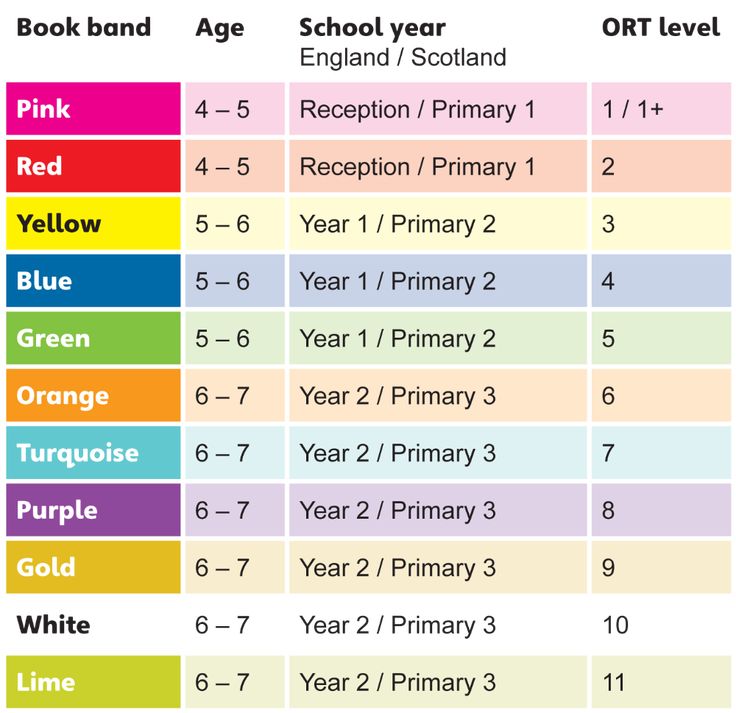 Comprehension of the text occurs at a superficial level. Most often, there is just voice-over of the text. Can read light text independently. Reading more complex texts requires the help of an adult. Reading accuracy is below 85%, error rate is more than 20 words. He can correct 1 mistake out of 5 on his own. Reading speed is slow, there is no orientation to punctuation marks. Understanding is not adequate, fragmentary, there are errors in understanding both the text itself, and the subtext, and beyond the text. There is no way to generalize and use the information read. There are answers to factual questions like: Who? What? When? Where? How many? Is not it?
Comprehension of the text occurs at a superficial level. Most often, there is just voice-over of the text. Can read light text independently. Reading more complex texts requires the help of an adult. Reading accuracy is below 85%, error rate is more than 20 words. He can correct 1 mistake out of 5 on his own. Reading speed is slow, there is no orientation to punctuation marks. Understanding is not adequate, fragmentary, there are errors in understanding both the text itself, and the subtext, and beyond the text. There is no way to generalize and use the information read. There are answers to factual questions like: Who? What? When? Where? How many? Is not it?
Recommendations for the selection of texts for a weak level of reading for subject teaching:
Texts suitable for a weak level are intended primarily for correcting reading skills and competencies, especially in cases where there are: a large number of errors, misunderstanding of what has been read, inability to answer factual questions.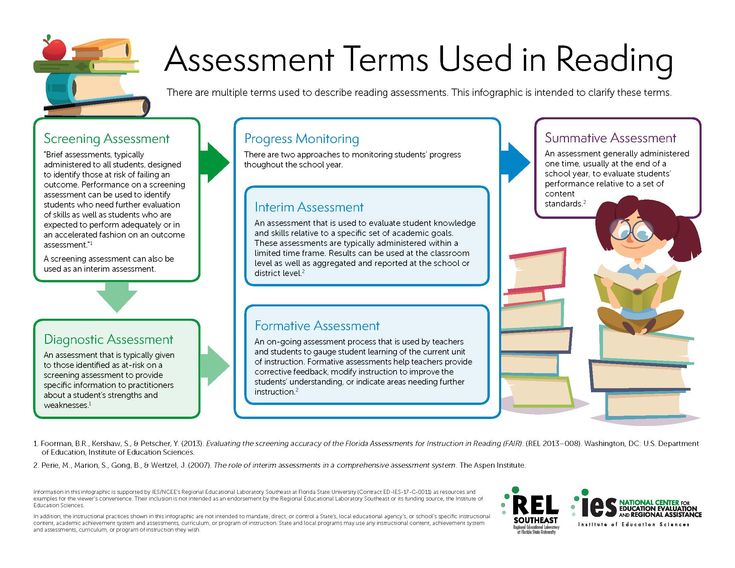
For a weak level of reading competence, texts with the following properties are suitable for subject teaching:
- The text consists of 2-3 paragraphs.
- The text consists of short sentences without complex constructions and special language tools.
- There are no more than 3-4 terms in the text.
- The main idea is clear, simple, clearly formulated at the beginning of the text.
Texts that are suitable in their parameters for this level of reading, the "Reading Analyst" system refers to texts for a weak reading level for subject teaching.
Academic level
Description of the level
Reading has an average level, which is reflected in errors in words and intonations when reading. There is smoothness, except for those moments when complex words and phrases occur. Reading flexibility and expressiveness are present when reading light texts. For more complex texts, adult assistance is required. Understanding of the text is adequate, but fragmentary. You can meet errors in understanding subtext and overtext. The accuracy of reading technique exceeds 85%, the error rate is 1 in 20 words. Ability to correct your reading errors - 2 out of 5. Reading speed is average. Can use information from the text within a narrow framework, generalize and find causal relationships, which allows answering questions of evaluative and convergent types. (Why? How? How? What do you think?)
Recommendations for the selection of texts for the academic level of reading for subject education:
Texts suitable for the academic level are intended to introduce you to the topic of the academic subject, to start studying the topic. Texts of this level can be used to develop the technique of semantic reading, as well as to develop the skills of reproducing the content of the understood text and answering questions about it. In addition, students who experience some difficulty in reading can read such texts for pleasure, which helps to strengthen the motivation to read.
Texts for the intermediate level should have the following characteristics:
- The text has a simple logical and semantic structure.
- The main idea of the text is clear and distinct.
- The main idea of the text is located either at its beginning or at the end.
- Each paragraph is linked to the previous one by the corresponding means of communication.
- The volume of terms does not exceed 5–7 words.
Texts that are suitable in terms of their parameters for this reading level are classified by the Reading Analyst system as texts for the academic level of reading for subject teaching.
Independent level
Level description
Reading is easy. It is characterized by fluency, ease, a small number of errors, expressiveness. Able to discuss what has been read. The help of the teacher is not required when reading texts of any complexity.
The independent level of reading competence for subject education is characterized by the following student skills: complete (basic thoughts and details), precise (meanings of words are known), distinct (all linguistic ways of expressing meaning are known), deep (understanding of text, subtext, overtext, context) understanding of a rather long text, often containing conflicting information, from unfamiliar and unfamiliar subject areas. Inaccuracies in one of the four parameters are allowed. The ability to determine the difficulties of reading and understanding the text, as well as the quality of one's reading and understanding of the text, analyzing the quality of full and short answers to questions. Positive and interested attitude towards free, abundant reading.
Recommendations for the selection of texts for the independent level of reading competence for subject education:
A text suitable for the independent level can be designed to deepen knowledge in a particular academic subject, it introduces a large number of facts and terms. In addition, texts of an independent level are suitable for the formation and development of mental operations of analysis and forecasting when working with text, as well as the ability to make annotations, questions, formulate full and short answers to them.
Texts suitable for independent reading competence for subject-specific learning are characterized by the following properties:
- The text contains the author's opinion, is emotionally colored.
- The structure of the text can be complex, complex, the main idea is read from the text and can be located anywhere in it.
- The text contains a problem that the reader formulates independently based on its content.
- Understanding the text requires background knowledge hidden in the text.
Texts that are suitable in their parameters for this reading level are classified by the Reading Analyst system as texts for independent reading level for subject teaching.
Reading technique for grades 1-4
Reading is one of the basic skills for every child. Being able to read is important not only for the lessons of literature and the Russian language, but also for all other sciences. It will be difficult for a student to learn material in mathematics, English or the world around him if he does not know how to quickly familiarize himself with the text and understand what he read. It is reading that opens the door to the world of knowledge. Mastering cognitive texts or works of art, children learn to communicate, learn about the surrounding reality, and broaden their horizons. Cognitive abilities are also honed - memory, attention. Therefore, reading is considered the basis of success in further education.
But how do you know if a child reads well for his age or not? This can be done by checking the reading technique. Many parents do not quite understand the format and meaning of this test, believing that the determining criterion is speed, that is, the number of words read per minute. In fact, the test is focused on assessing not only the pace of reading, but also other skills. Let's try to deal with the requirements prescribed for reading technique in the Federal Standards.
Reading technique: basic criteria
How fast should you read? Is everything okay with a child with technology? Perhaps his skills do not meet some standards? These questions always concern responsible parents. And I must say that there is nothing wrong with this excitement, because involvement in the process of teaching children is in many ways the key to future success. But is it really worth worrying about reading speed?
To answer this question, it is necessary to understand in detail what exactly is assessed when testing reading technique. According to the requirements of the Federal State Educational Standard, the following are assessed:
- reading speed - the number of characters that a child is able to read in one minute;
- way of reading - reading words syllable by syllable or whole, smoothly;
- correctness - the absence of mistakes and hesitations made by a child when reading;
- awareness - the ability to understand the meaning and idea of what is read;
- expressiveness - the ability to correctly place stresses, observe intonation and maintain pauses when reading.
Analyzing the above criteria, we can say that the test of reading technique is based on an assessment of two components: semantic and technical. At the same time, the technical side - tempo, expressiveness, correctness - is subordinated to the semantic, that is, the ability to understand the content of the text.
Reading technique: what is really important?
Reading is the most important type of speech activity, based on the ability to perceive and assimilate information. Unlike drawings, diagrams and video sequences, it activates the imagination. Scientists have proven that when reading poetry, other areas of the brain are involved than when mastering prose. This fact is explained by the different structure of phrases and phrases used in prose and poetry. Therefore, the ability to read can be considered as a tool for self-development. But this is not a basic skill, but acquired in the learning process. And here it is important not to force things, but to focus on the abilities and capabilities of the child.
It must be understood that reading technique is just one of the criteria, and it is not necessary to focus only on it. Especially parents whose children are not yet in school. Don't just chase the pace. At this stage, it is more important to broaden your horizons, get acquainted with different topics, memorize new words. And the best way to achieve this is to read a lot, daily, but not to put speed at the forefront.
As far as schoolchildren are concerned, two parameters essentially matter here: technique and meaningfulness of reading. Technique is usually called the ability to distinguish letters, transform them into sounds, compose syllables and words. Meaningfulness is a deeper concept. It is based on understanding the meaning and content of the text.
It would be erroneous to require a child to make sense of what they read until they have developed the skill of technical letter recognition. All the efforts of the crumbs, who are just learning to read, are aimed at memorizing and recognizing letters, syllables, words. In order to understand the essence of what is written in the text, he no longer has any intellectual strength or time. Therefore, primary education teachers first focus on technology, and only when it is brought to automatism, they begin to form a meaningful approach to reading.
Reading speed standards for elementary school
Reading speed standards adopted for elementary school students:
- Grade 1: 1st semester - 20-25 words per minute, 2nd semester - 30-40 words;
- Grade 2: I half-year - 40-50 words; II half-year - 50-60 words;
- Grade 3: I half-year - 60-70 words; II half-year - 70-80 words per minute;
- Grade 4: 1st half year – 80-90 words per minute; end of the school year - 100-120 words.
In classes and schools for gifted children, the rate of reading may be higher. So, in the first grade, such children read more than 60 words per minute, in the second - 90-95, in the third - 95-105 words per minute. The pace when reading to yourself should be 20-50 words faster than when reading aloud.
Other test parameters
And a few more parameters that you should pay attention to:
- Grade 1 - the student can read a significant part of the text by syllables.
- Grade 2 - higher requirements are imposed on reading technique: only complex words can be read by syllables, it is important to observe pauses and correctly place stresses.
- Grade 3 - reading should be conscious and expressive, with observance of intonation. In order to correctly assess the skills of the child, retelling is practiced.
- Grade 4 - the student should be able to analyze what he has read and express his personal opinion.
Focusing on the standard, we can draw some conclusions about the effectiveness of training. But even if the child cannot read the number of words prescribed in the standards, you should not worry too much about it. After all, these are just average standards developed on the basis of general data. Each student has their own level and pace of development. Checking the technique is rather information for the teacher and parents. After analyzing the results, you can understand in which aspects of training you need to show more diligence.
Testing your reading skills yourself
You can organize a reading test at home, but don't turn it into an exam. Some children are quite sensitive to any tests, and in stressful situations they cannot always demonstrate everything they are capable of. Come up with a game format or check the technique discreetly. If the child himself wants to know what success he has achieved, then no problems will arise.
Action sequence:
- Arm yourself with a watch with a second hand. To check, you can use a stopwatch on your smartphone, but it’s better to refuse an hourglass, since a child who has never seen such a thing will be distracted by them.
- Prepare a text and show it to the child.
- Ask to read the text aloud.
- The time should be recorded from the start of reading.
- If you notice that a child has made a mistake, do not stop him, but simply make a note for yourself.
- Rate the result. To get the most objective picture of the student's skills, you should conduct a control check and compare the results.
If you see that the child is not concentrated enough, he is in a bad mood or is not feeling well, check the reading technique on another day.
Correctly evaluate the result
Count the number of words read. Points to pay attention to when counting:
- conjunctions, particles, prepositions consisting of one or two letters are counted as one word;
- when wrapping, a word is counted not as one, but as two;
- words with a hyphen are counted differently: if there are three or more letters on both sides of the hyphen, then the word is counted as two, less than three letters - as one word.
Not only speed is important, but other criteria as well. Be sure to evaluate the correctness of the text you read. All mistakes made should be sorted out with the child. If you notice that there are a lot of hesitations, corrections, changes in endings and whole words, you should consult with the teacher. Perhaps professional correction of reading skills is needed.
It is also important to understand how well the child understood the meaning of the text. It is not necessary to ask the student to retell what they have read. It is enough that he describes the content in a few words. Ask him to identify the main idea. If there are problems with this, then you can resort to retelling.
Pay attention to expressiveness. The student should try to observe intonation, pause in accordance with punctuation marks. Unfortunately, not all children are able to read a passage with an expression. Tell the child in which places you need to increase the pace and emotionality, which words need to be emphasized.
Requirements for texts used to test reading skills
When choosing a text, adhere to the following recommendations:
- It should be a text unfamiliar to the child, but not too complex, age appropriate.
- Pay attention to the structure of the sentences: they should be short, without dialogues and a lot of punctuation marks.
- It is better to choose text without pictures.
- Font size is also important - it should be large enough.
- Text should not be split into two pages.
Of course, you shouldn't check your reading technique using the instructions for household appliances or a manual for housewives. The best option is short stories about nature, animals, seasons.
Tips for Improving Reading Technique
Don't be discouraged if your test results aren't up to par. But what really needs to be done is to put more diligence and not be lazy to practice. You can seek help from specialists or deal with the child on your own. But just remember that you need to do at least 15 minutes every day.
There are many exercises to improve reading technique:
- reading the same text several times in a row with a gradual increase in pace;
- "buzzing reading" - daily five minutes of reading in a low voice;
- "gibberish writing" - the use of texts in which some of the letters are written upside down;
- "word search" - an exercise to search for a specific word in the text;
- exercise with syllabic tables.
These are just some of the exercises to improve your reading skills. There are also recommendations for working on literacy, expressiveness, understanding the meaning of what is read:
- if there are problems with diction, emphasis should be placed on tongue twisters;
- so that the child understands the meaning of what he read, ask him to retell texts more often, make plans, draw illustrations for any passage;
- Poems are most suitable for improving the expressiveness of reading. Only you need to recite them not quietly and calmly, but loudly and emotionally.
It is believed that reading speed should be comparable to spoken language. This opinion is shared by both distinguished teachers and young innovative teachers. On average, 120-150 words per minute - it was to this pace that the human articulatory apparatus adapted over several centuries of evolution. Of course, such indicators are applicable for middle and high school students, but this does not mean that they should not be strived for.


